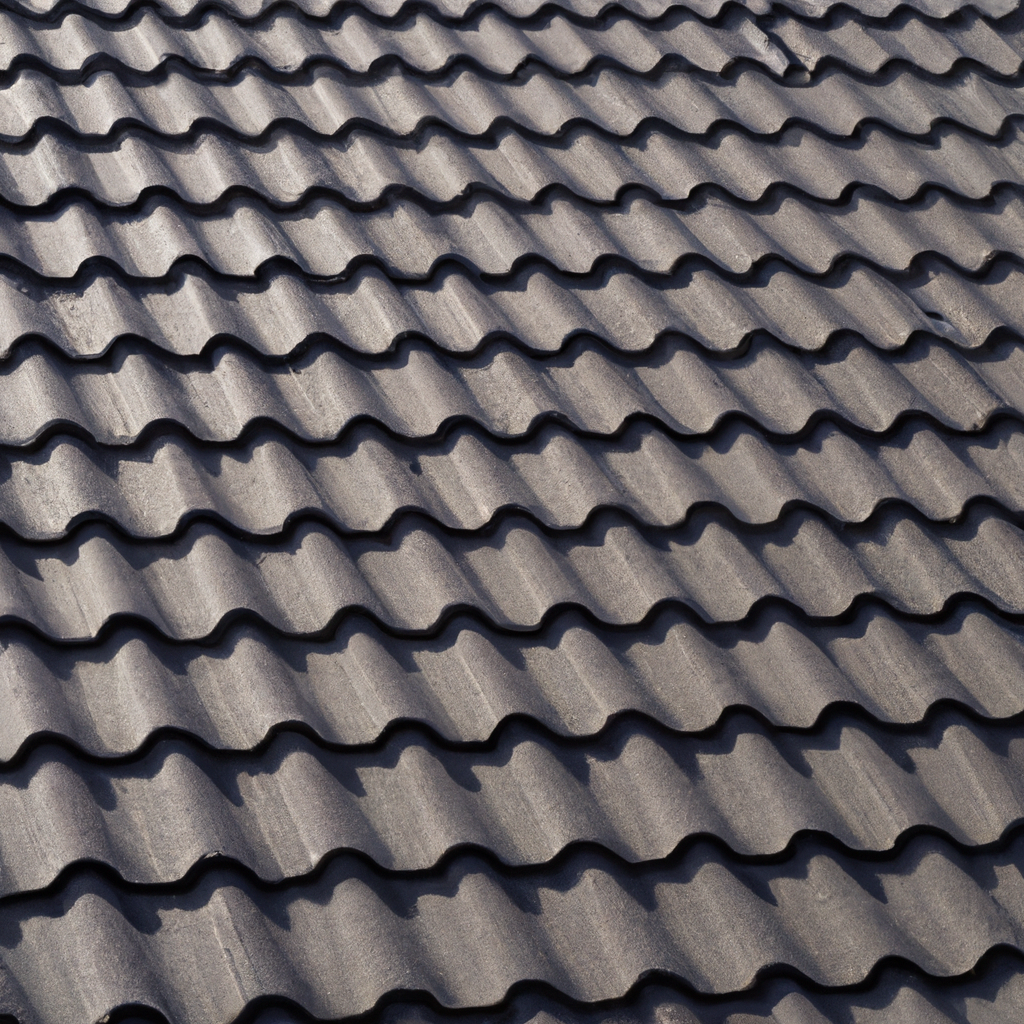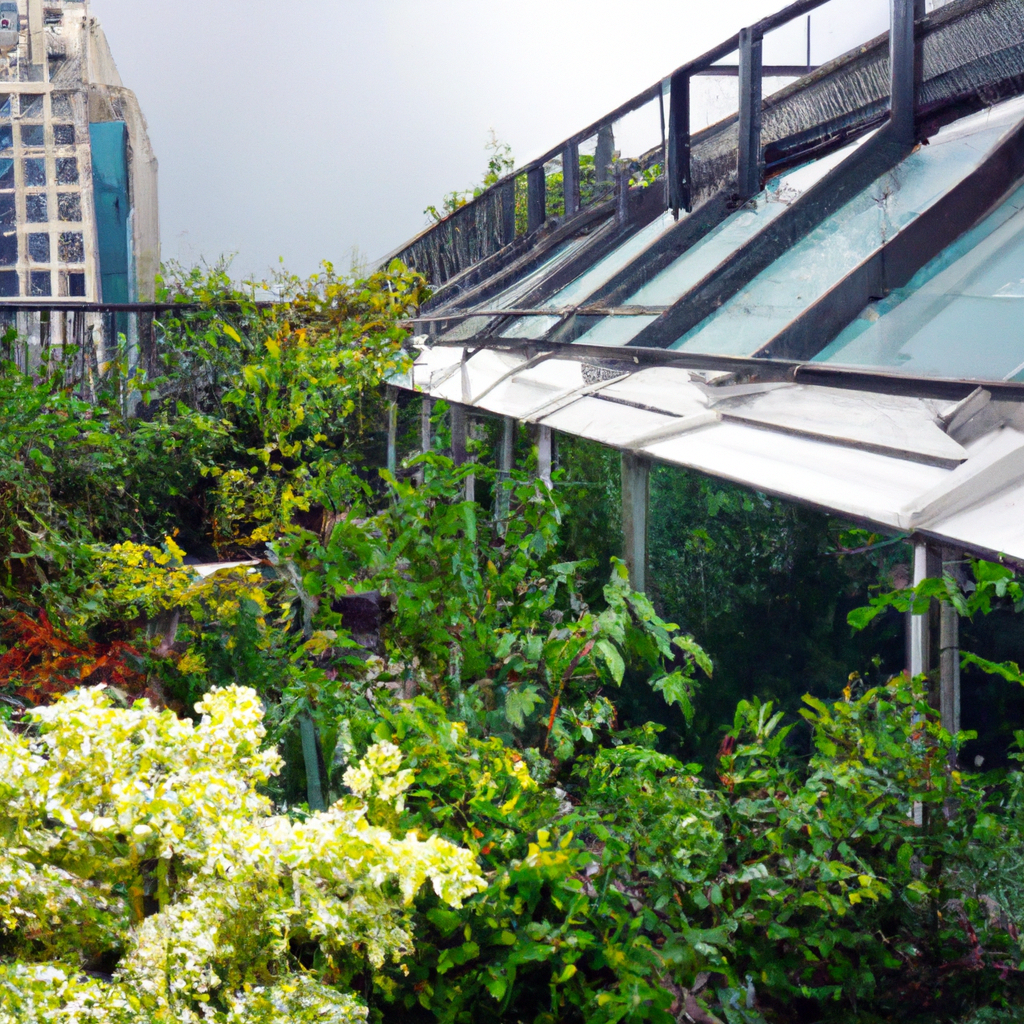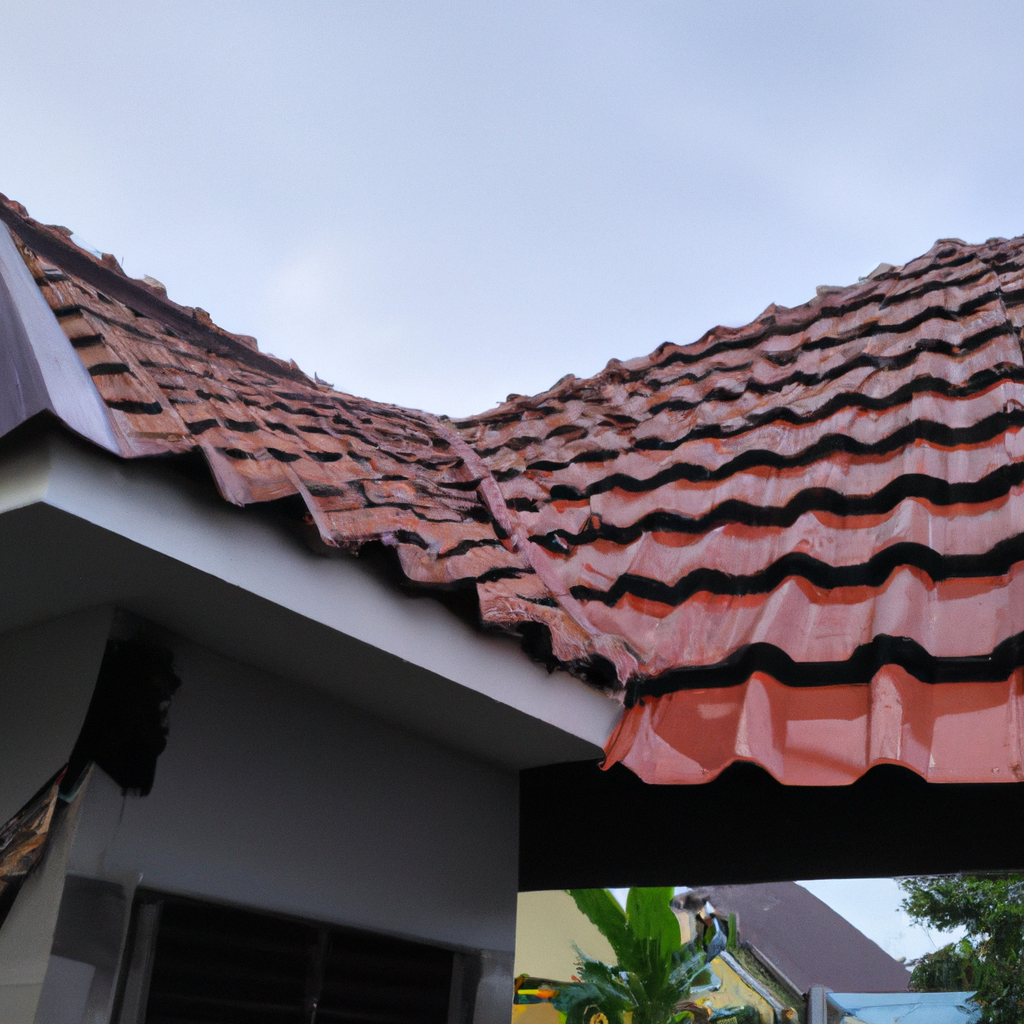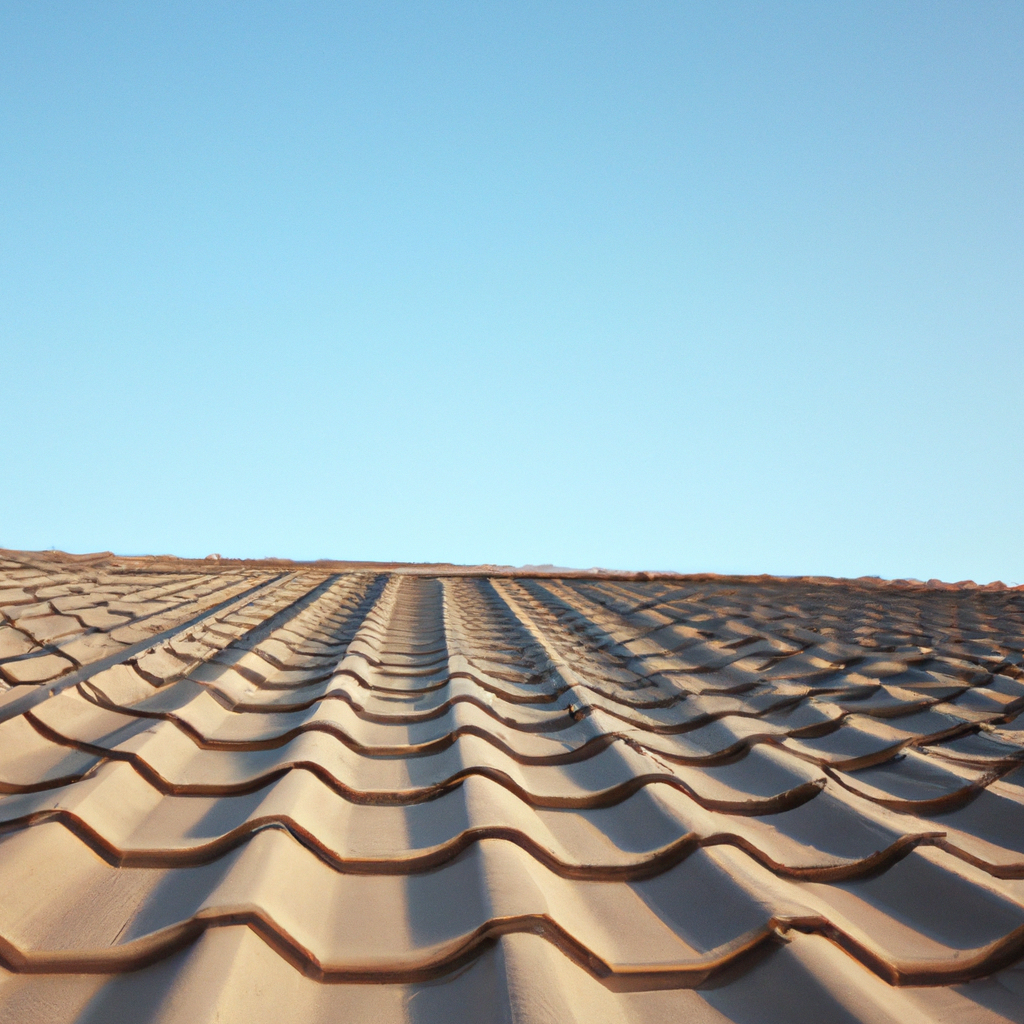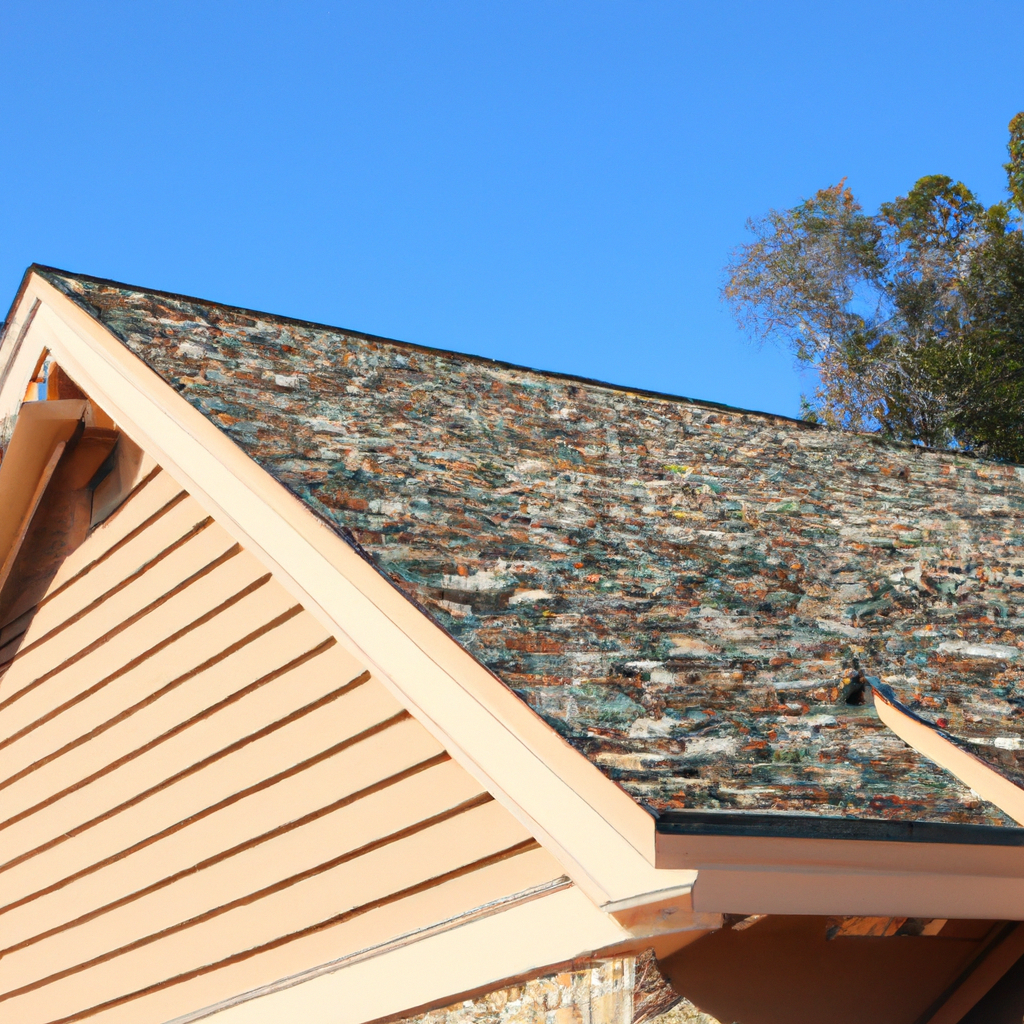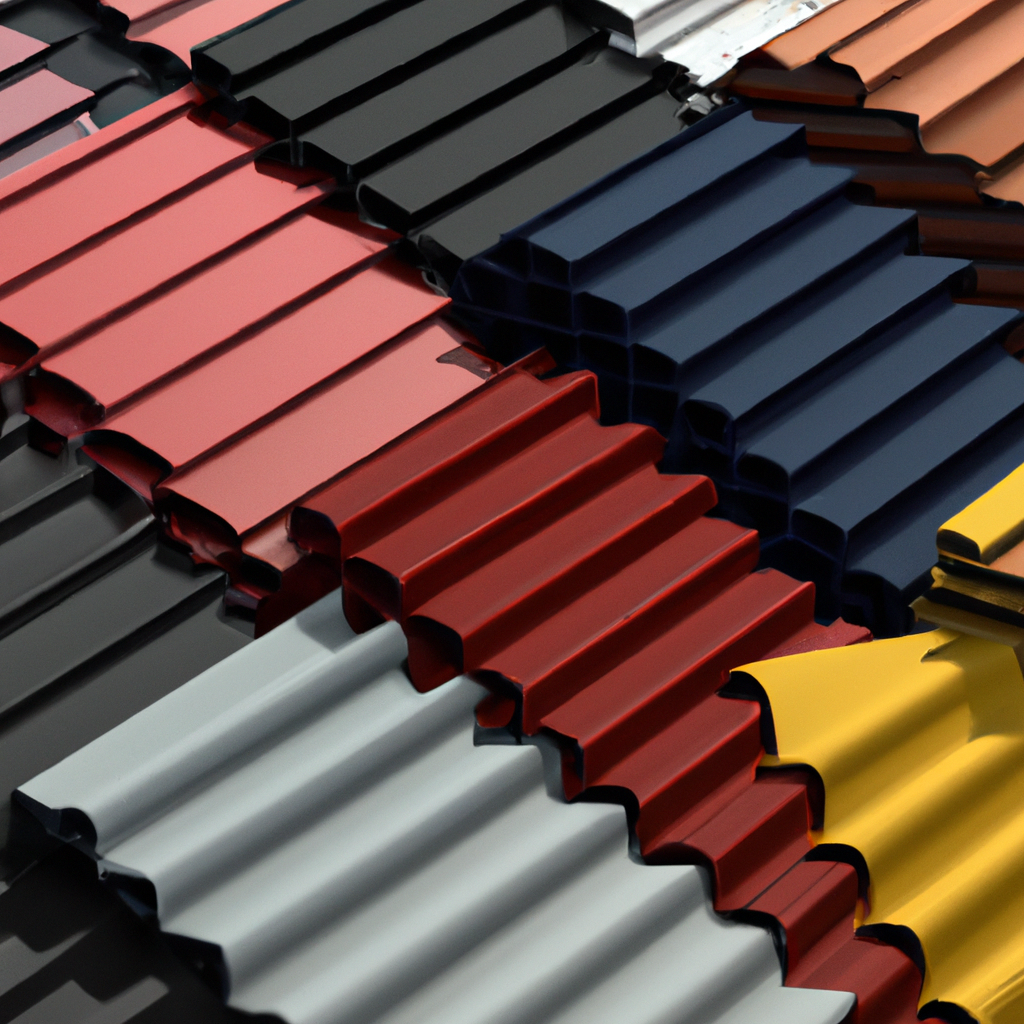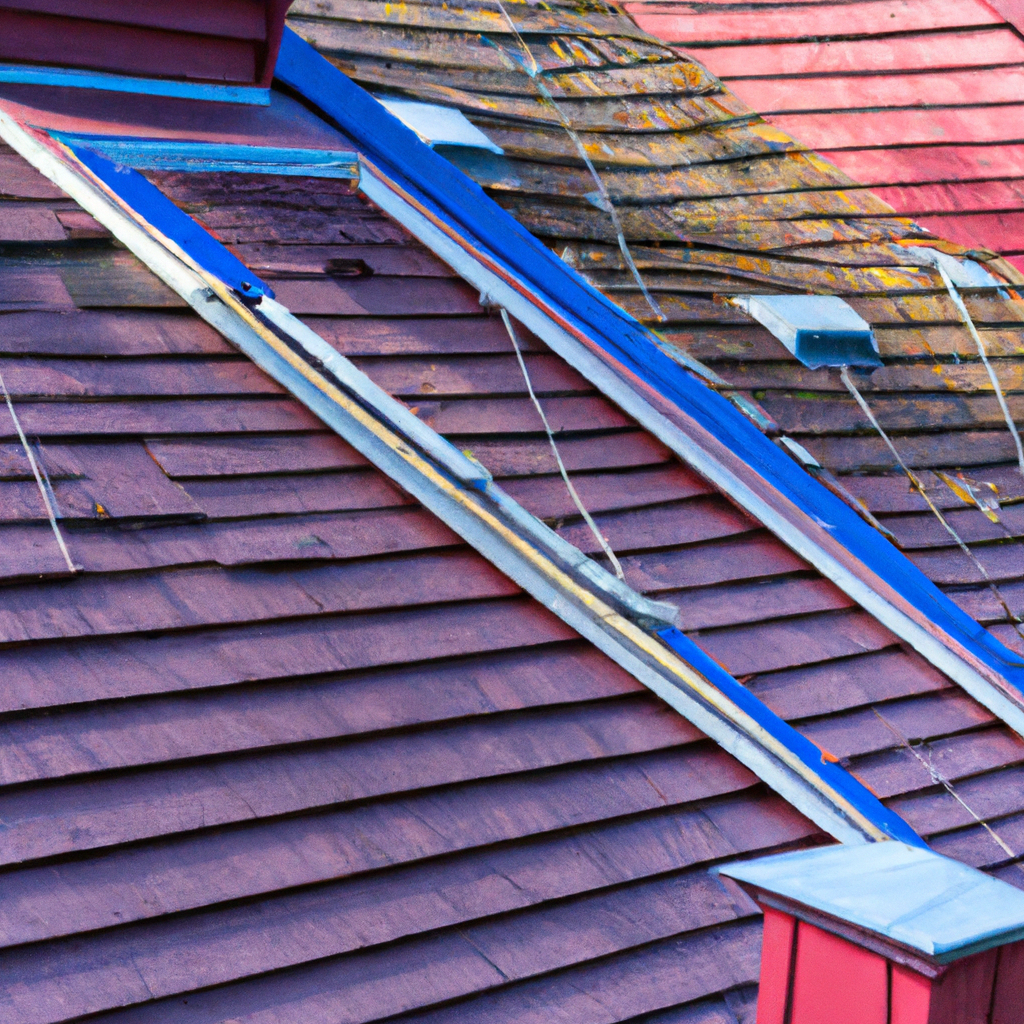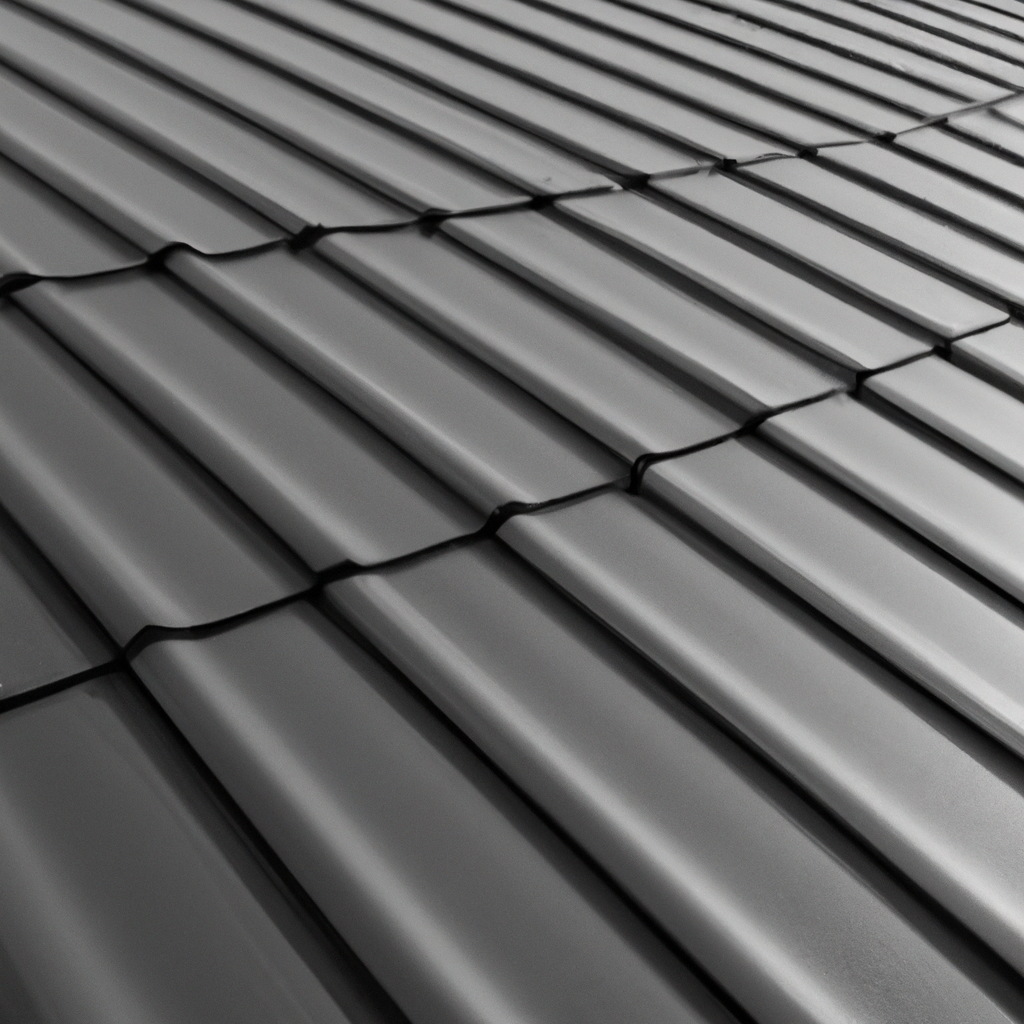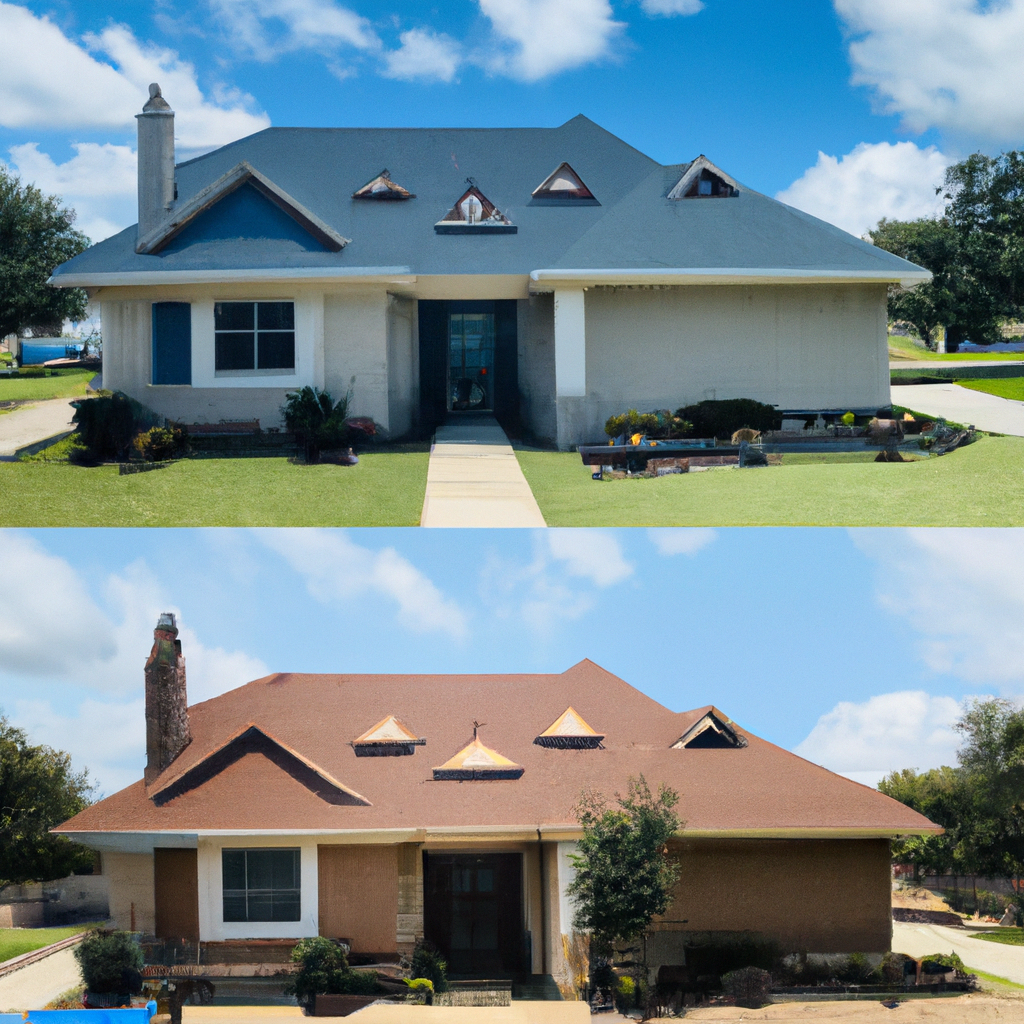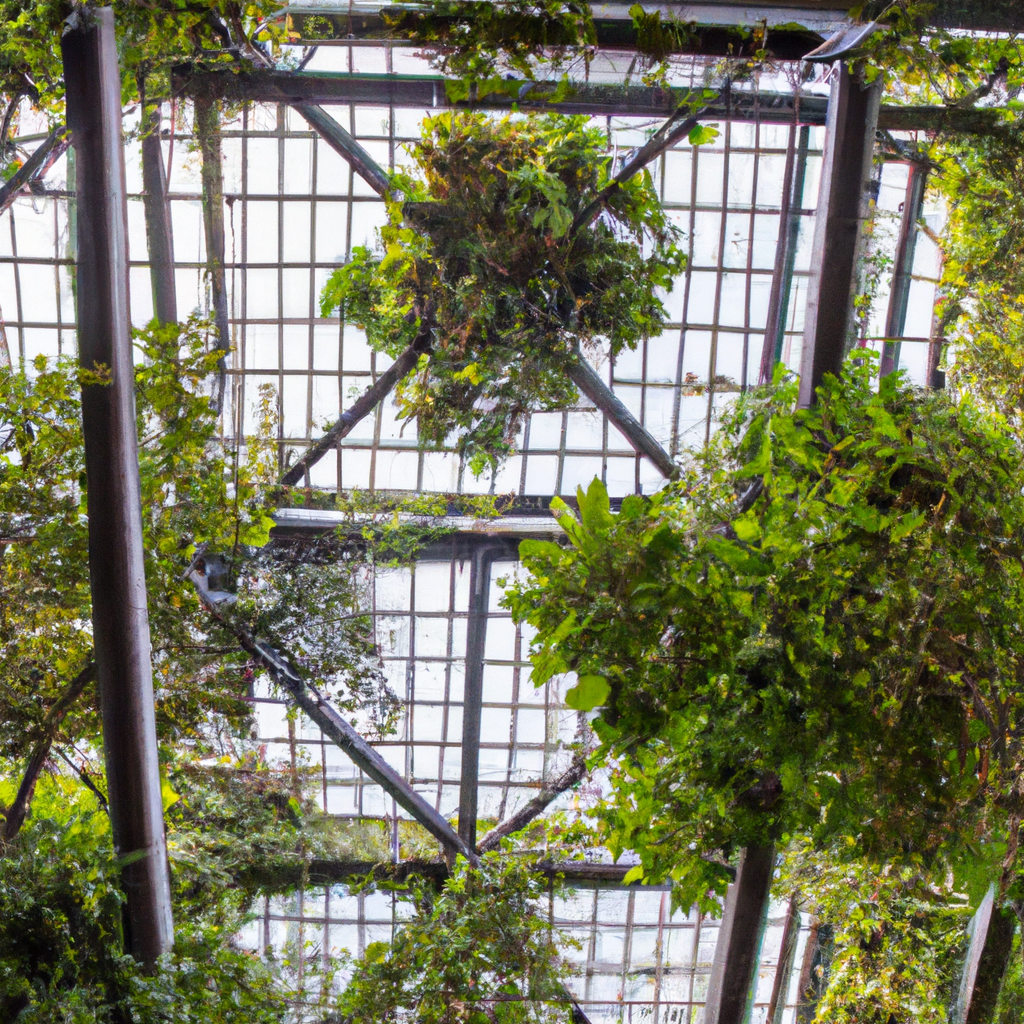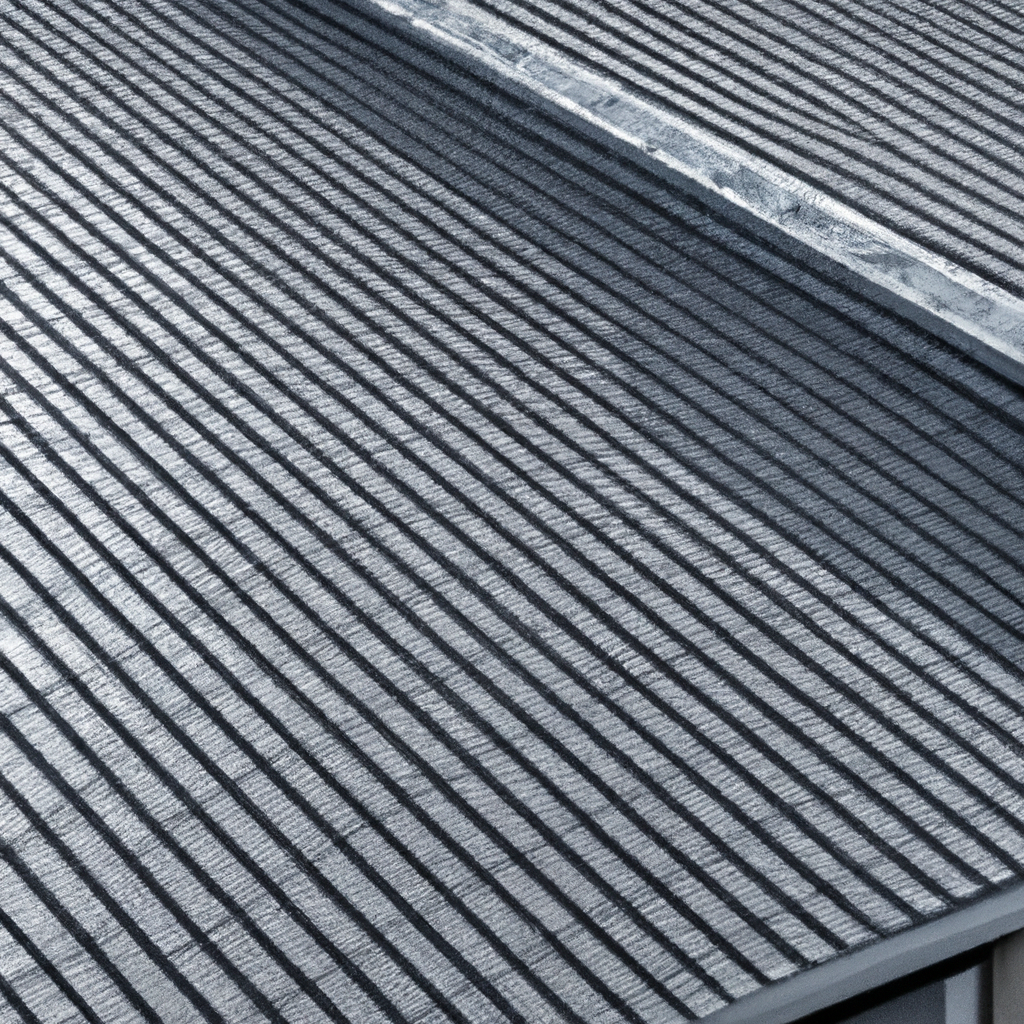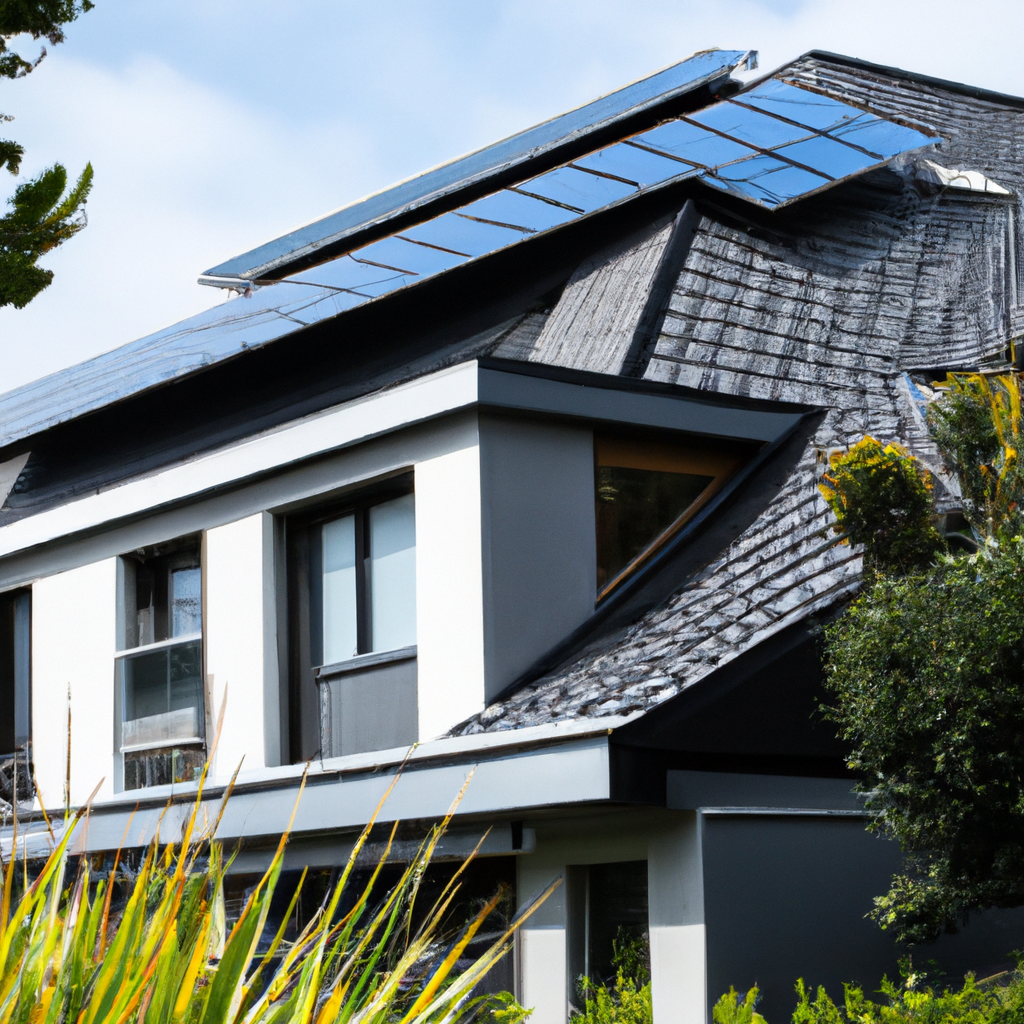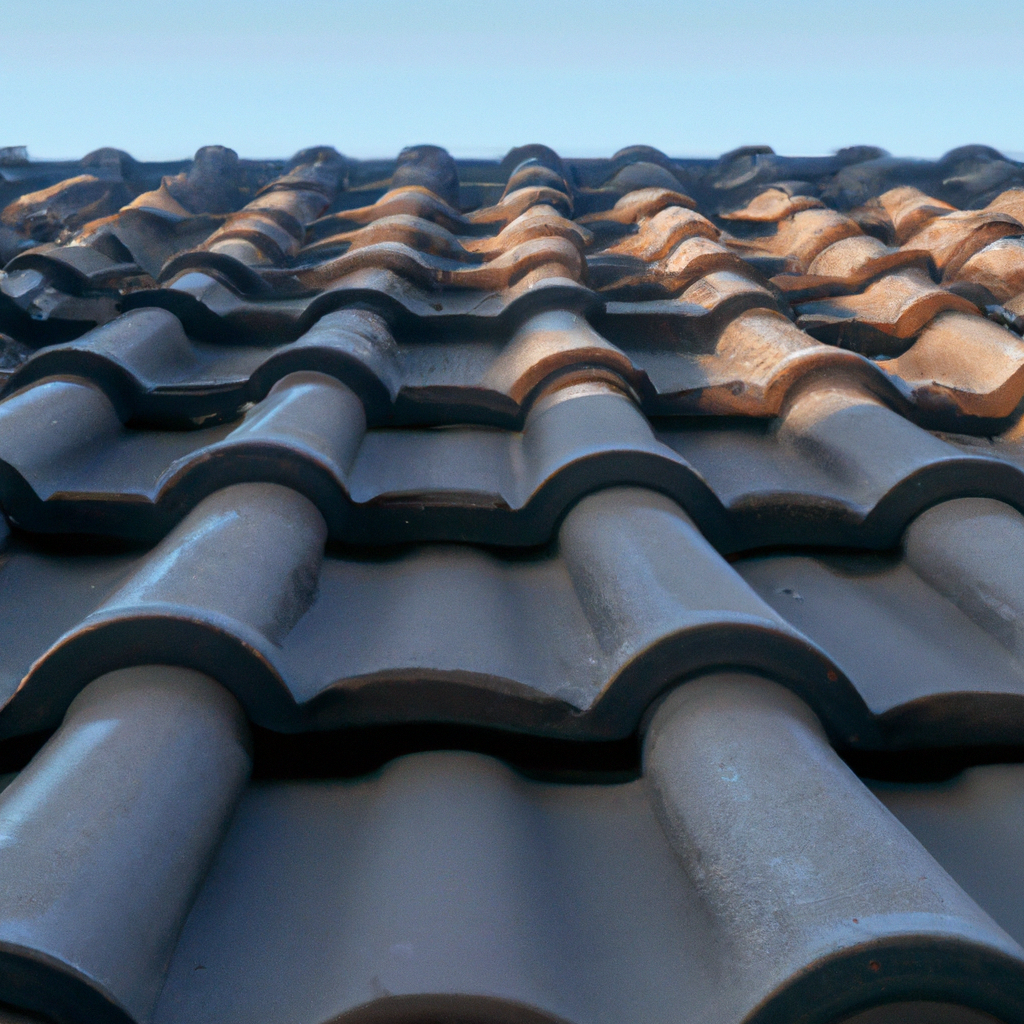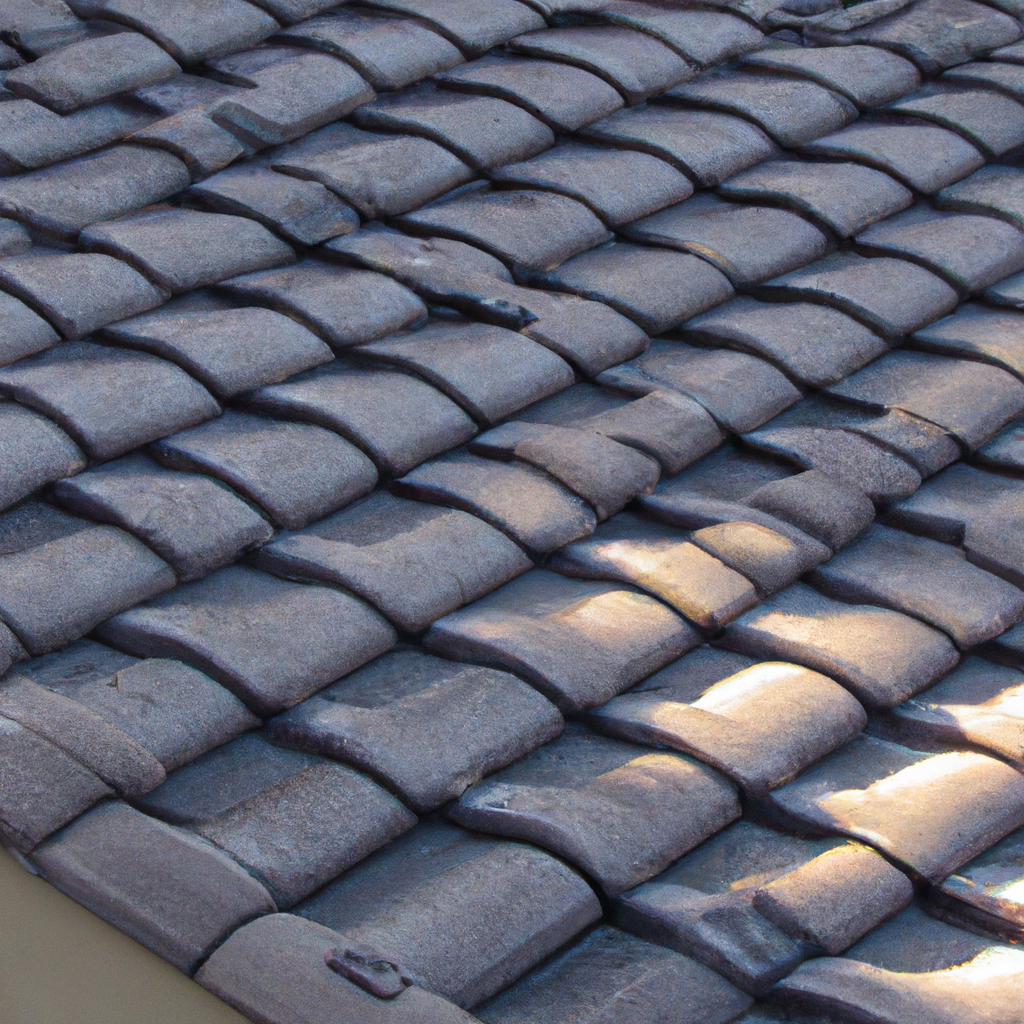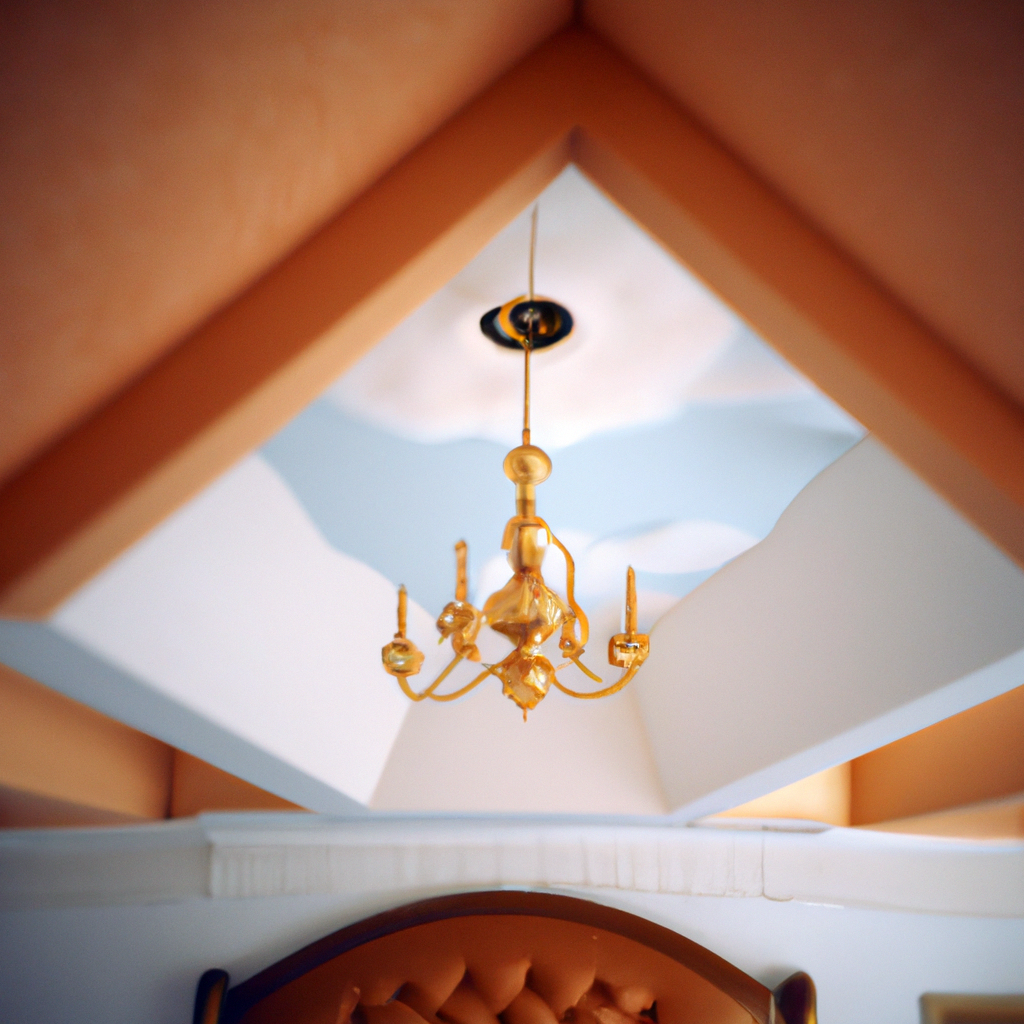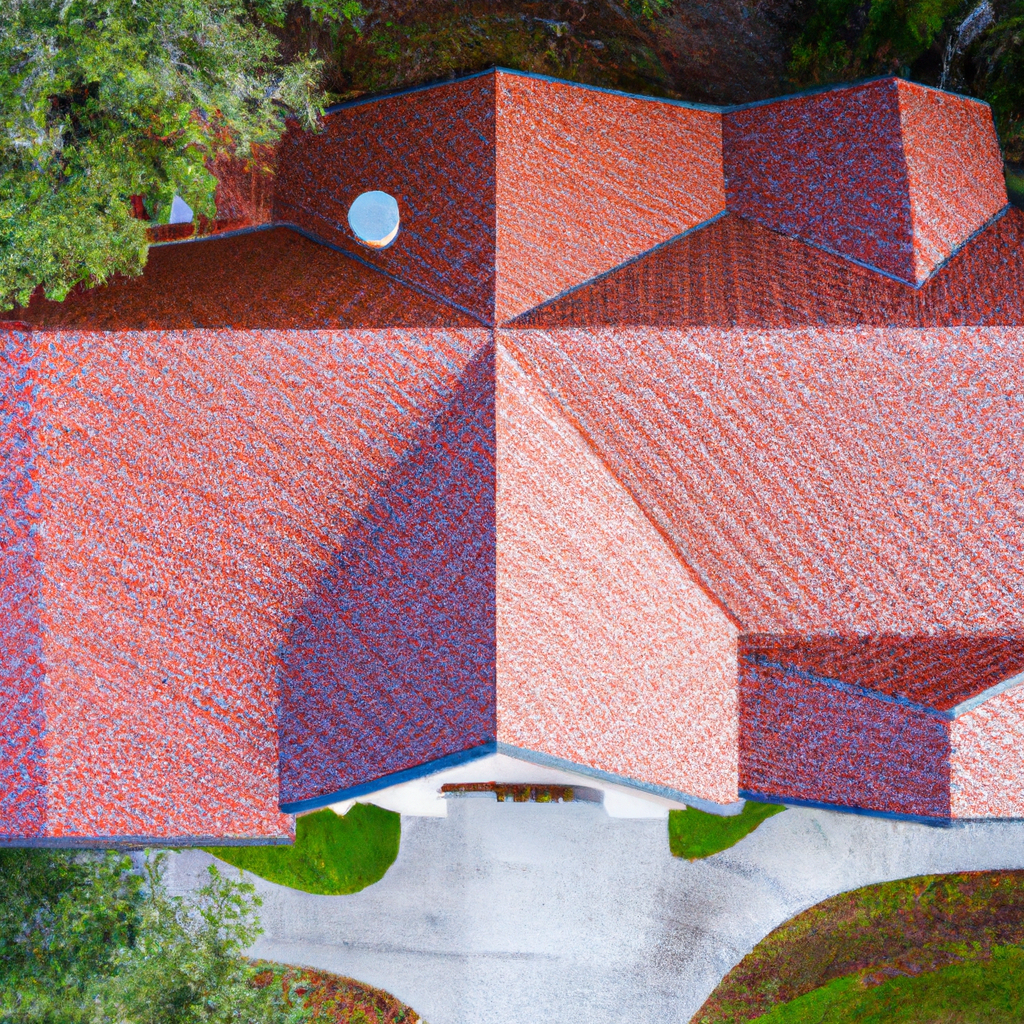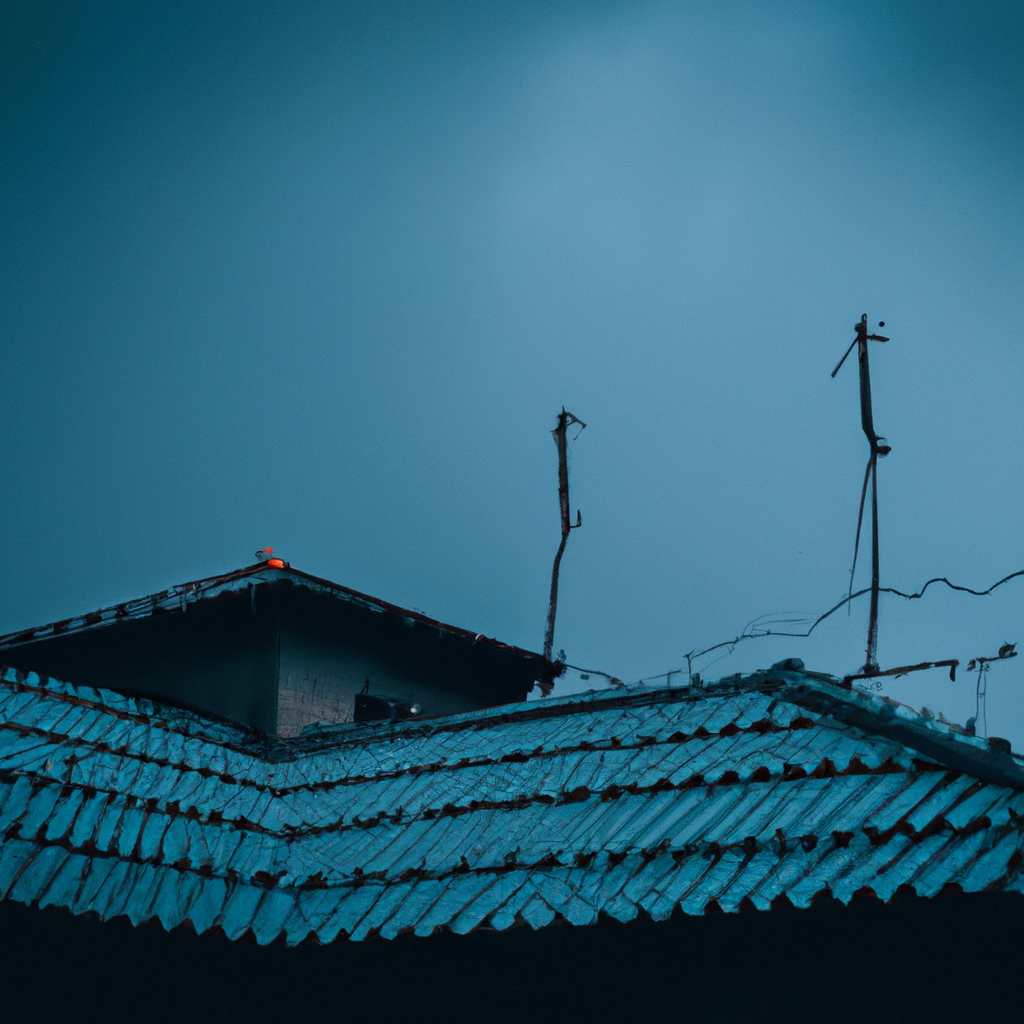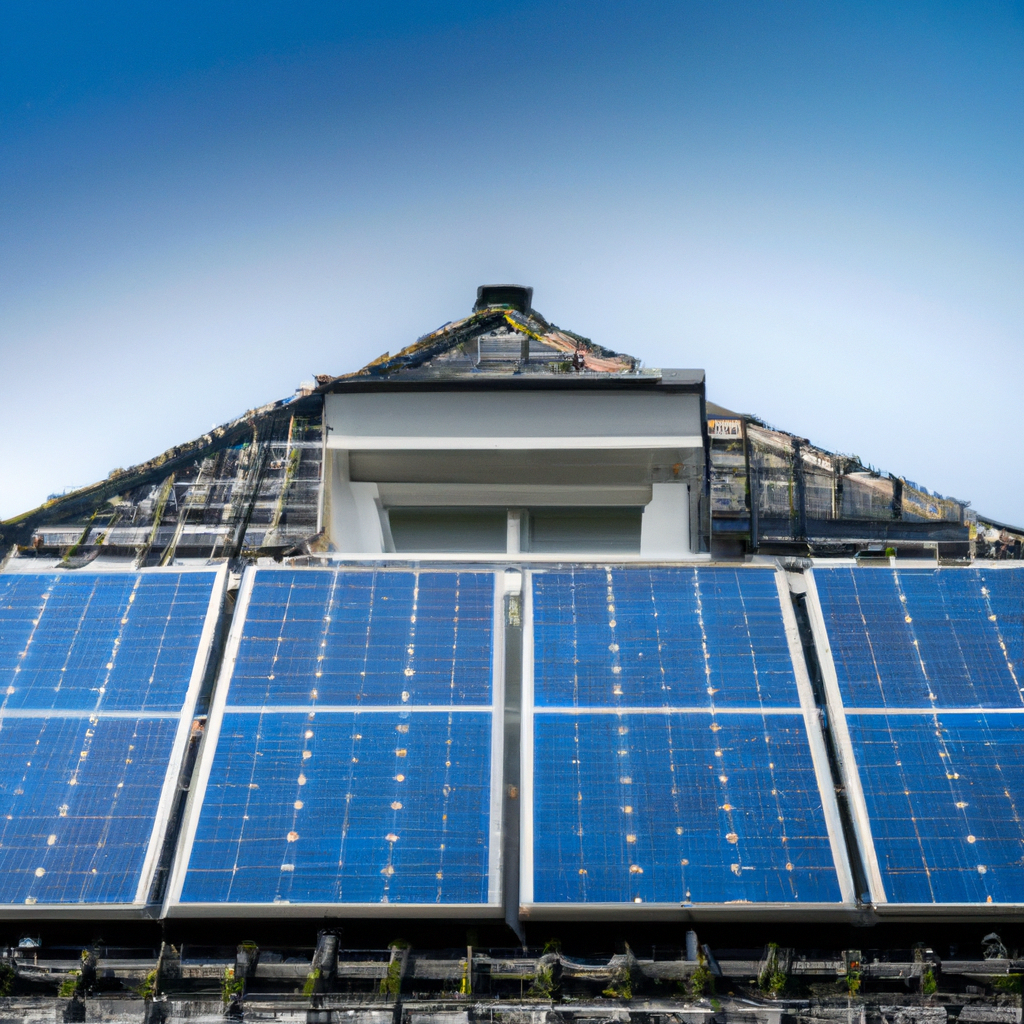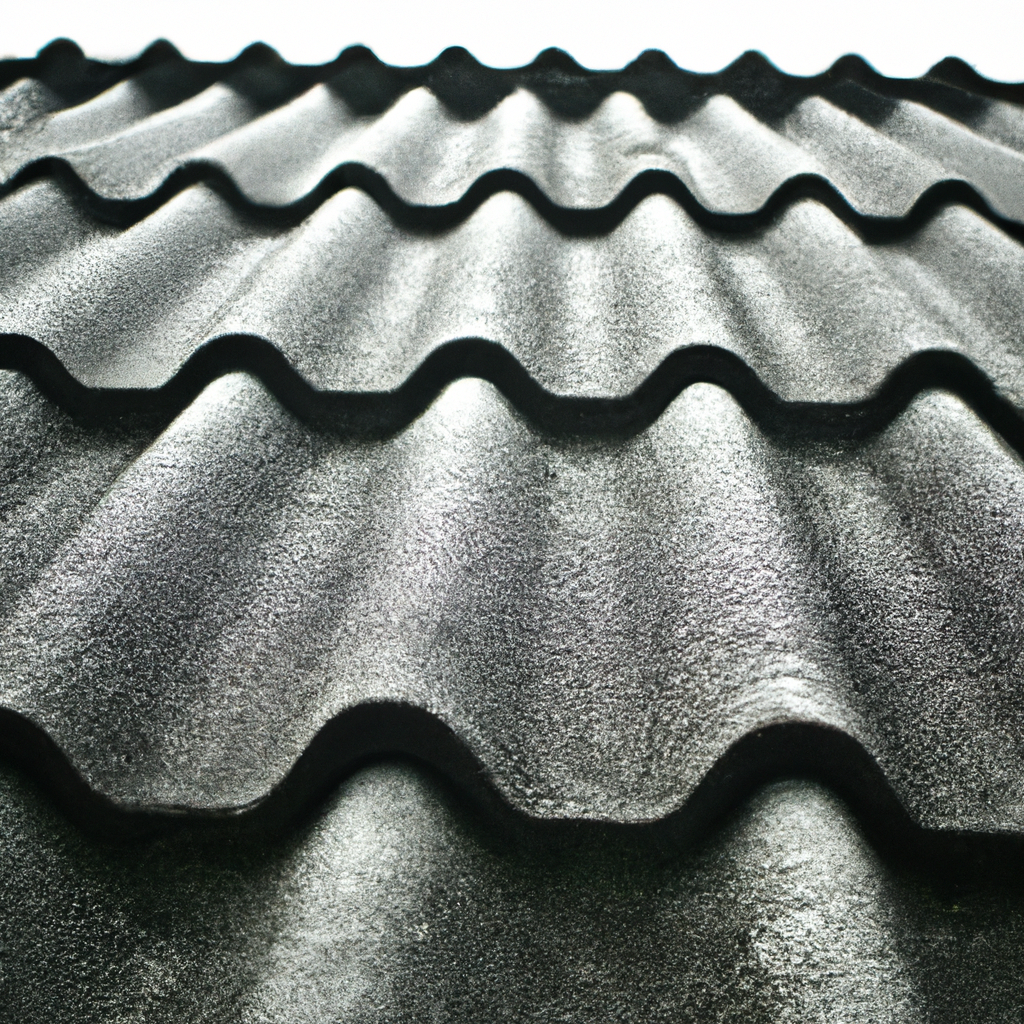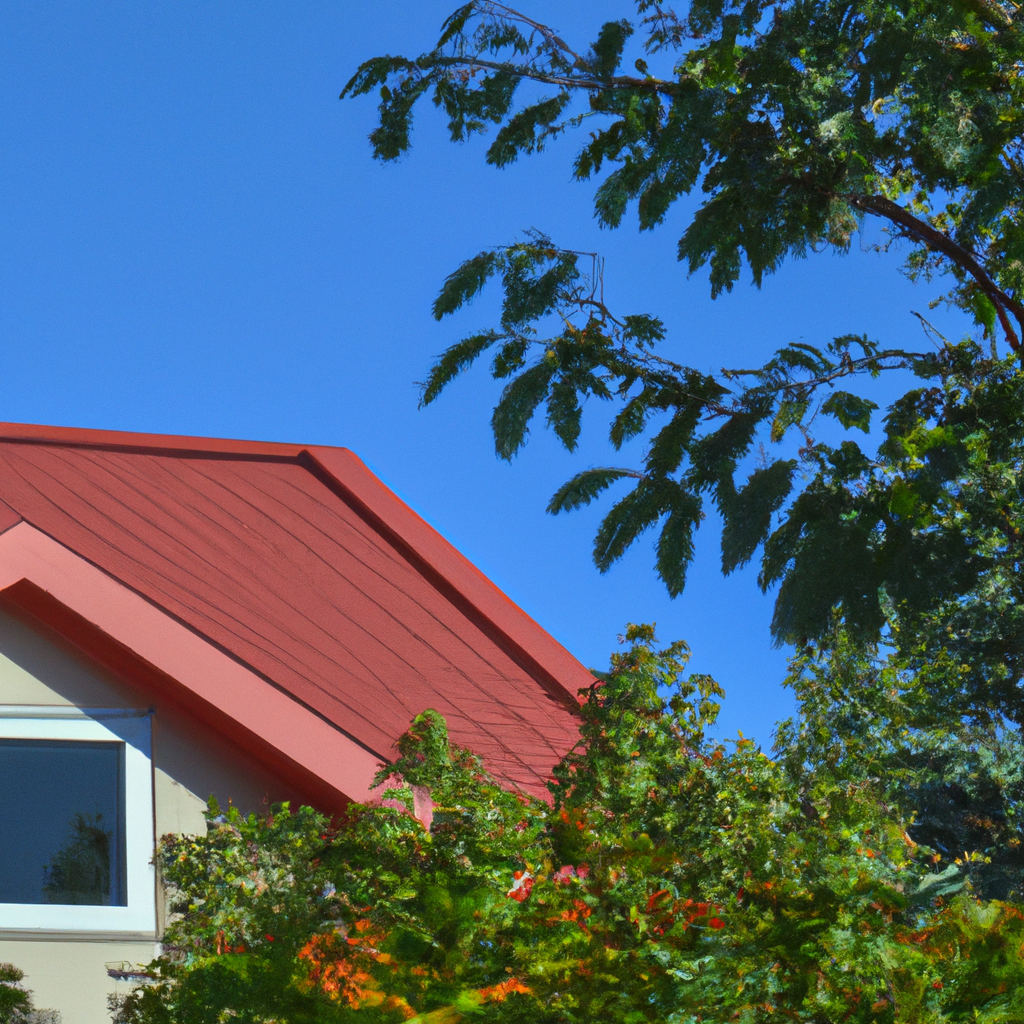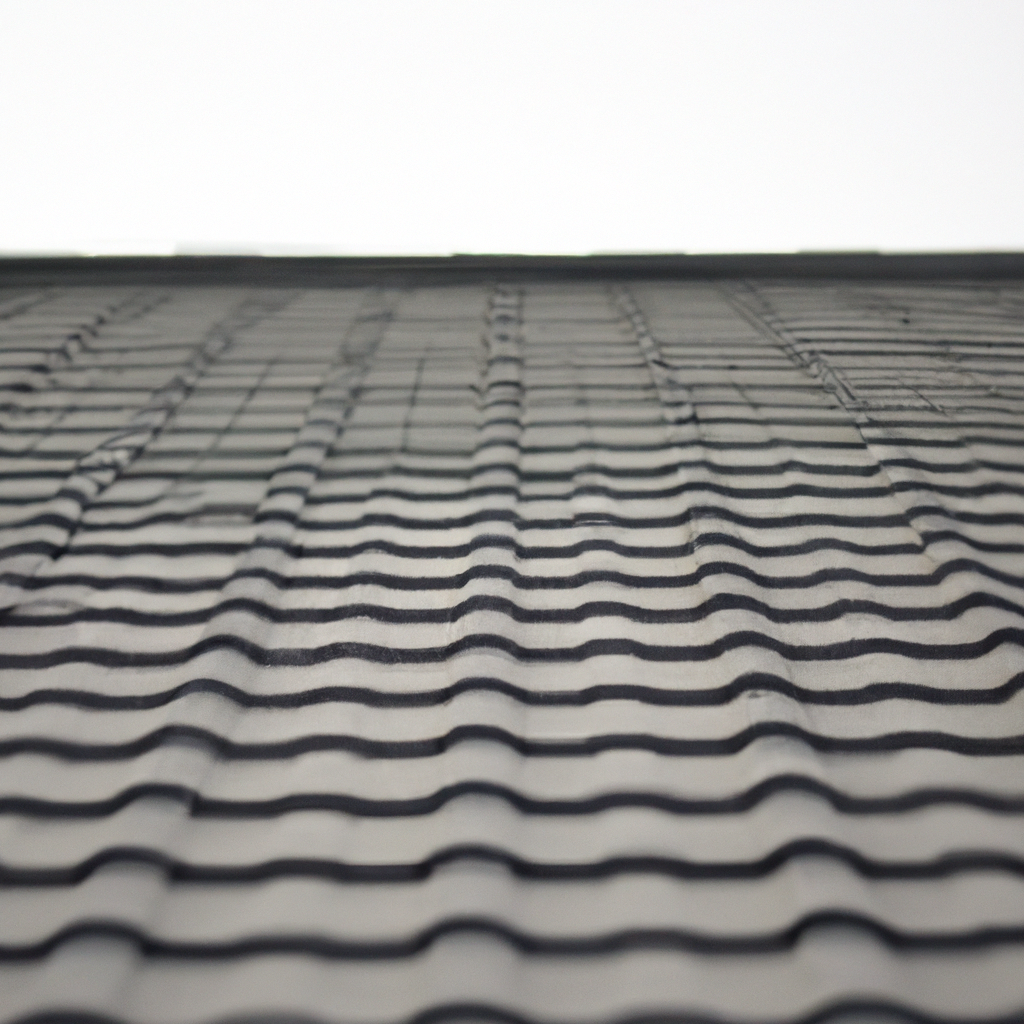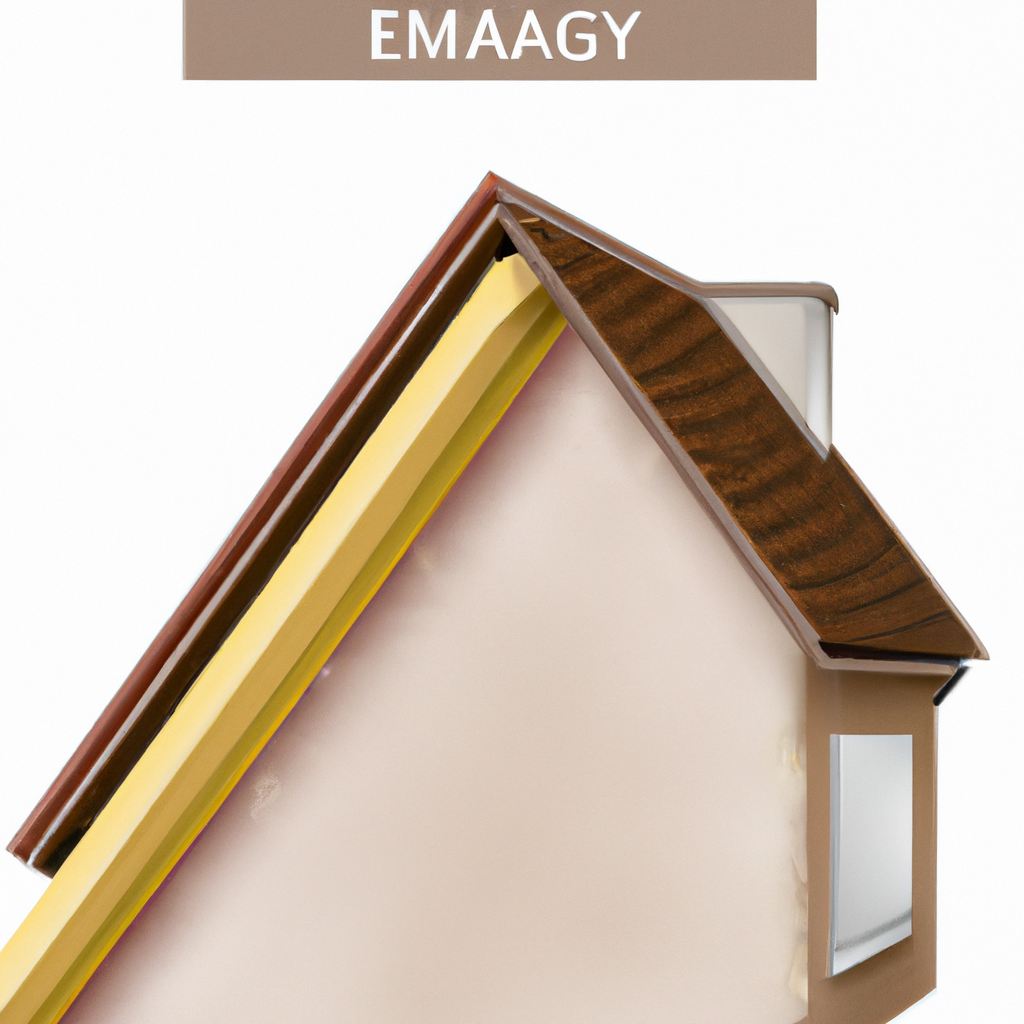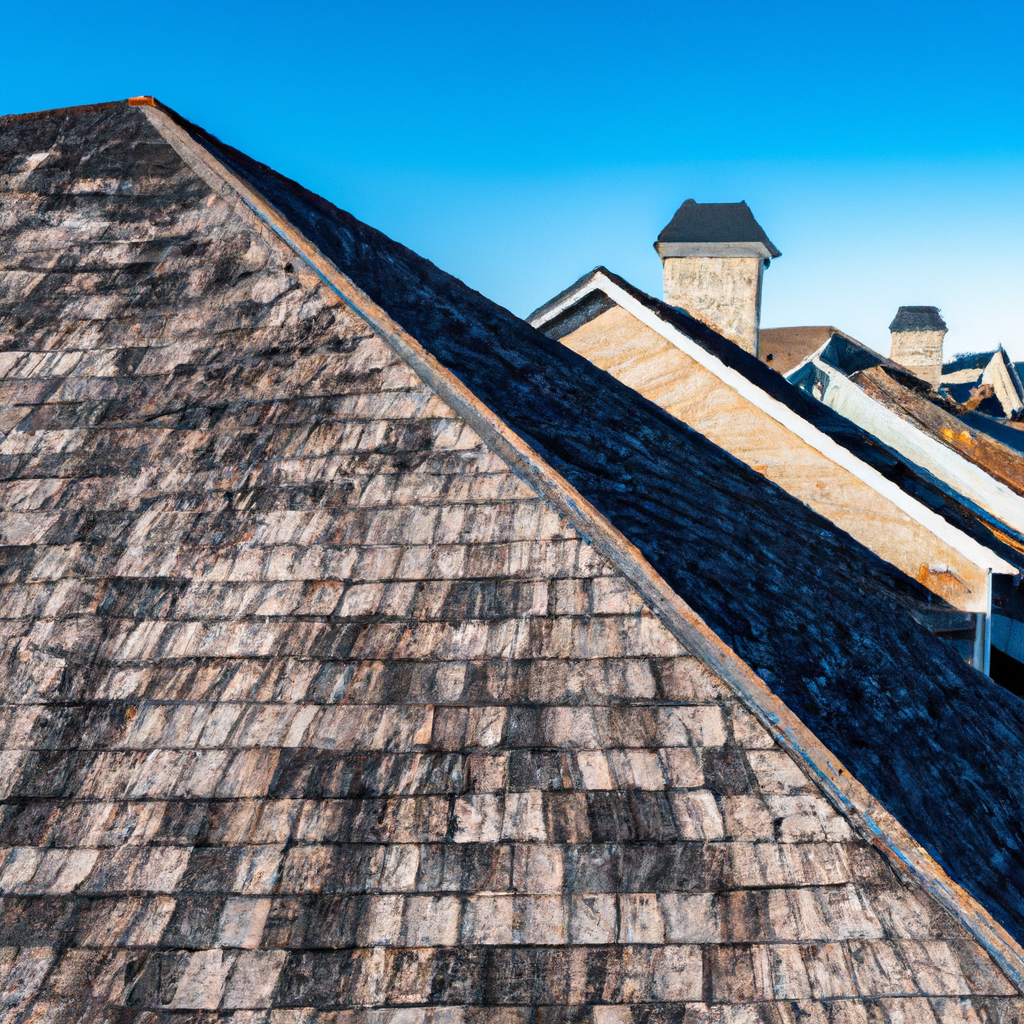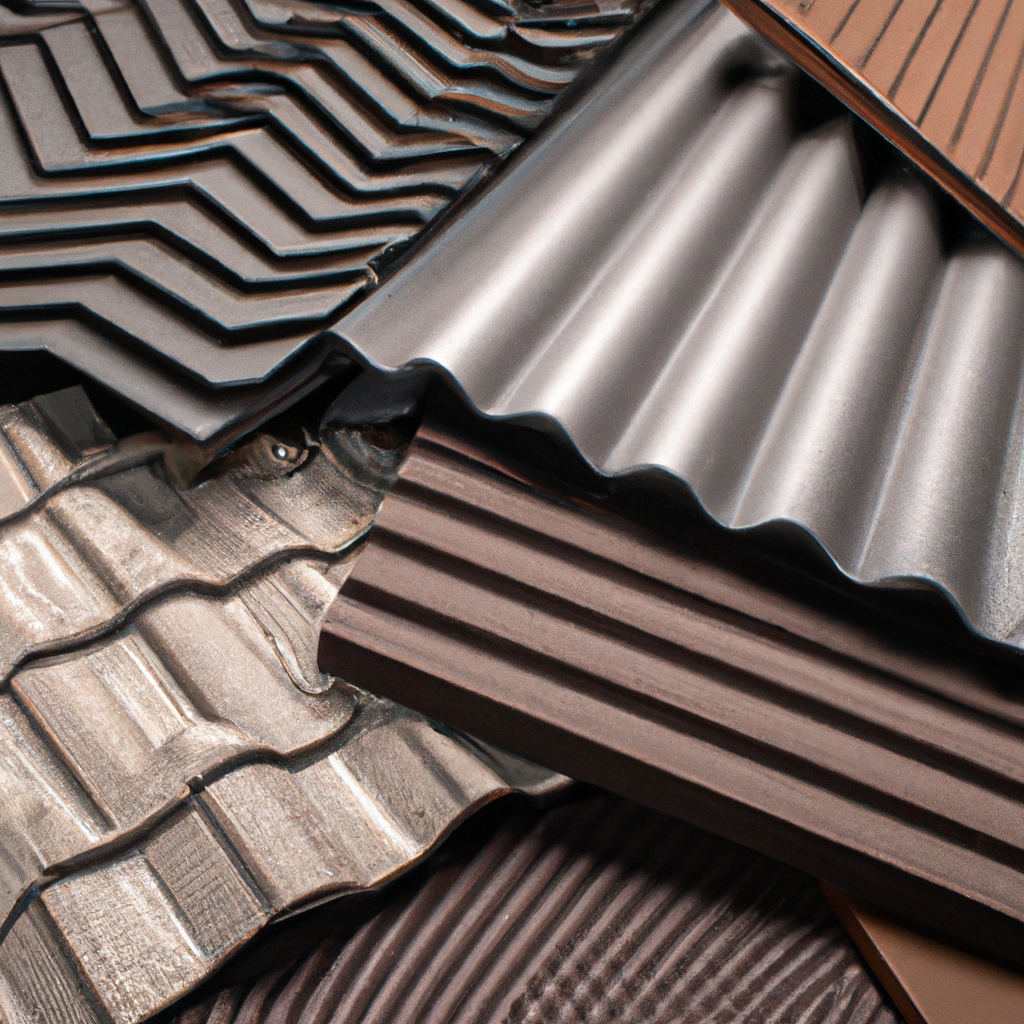Welcome to our comprehensive guide on how to properly maintain a flat roof. Flat roofs are a popular choice for many buildings due to their sleek design and cost-effectiveness. However, they require regular maintenance to ensure their longevity and to prevent any potential issues. In this article, we will delve into the secrets of flat roof maintenance and provide you with valuable tips and insights to keep your flat roof in optimal condition for years to come.
Understanding the Importance of Flat Roof Maintenance
Maintaining a flat roof is essential to prevent potential damage and costly repairs. Unlike sloped roofs, flat roofs lack natural water runoff, making them more susceptible to water pooling and leakage. Regular maintenance helps identify and address any issues before they escalate into major problems.
The Role of Regular Inspections
Regular inspections are the cornerstone of flat roof maintenance. By inspecting your roof at least twice a year, you can catch any signs of damage or wear early on and take proactive measures to prevent further deterioration. Inspections should focus on the following areas:
1. Roof Surface
Start by examining the overall condition of the roof surface. Look for cracks, blisters, or any signs of aging. Pay special attention to areas with loose or damaged roofing materials.
2. Flashing and Seals
Inspect the flashing and seals around vents, chimneys, and skylights. These areas are prone to leaks and should be inspected closely for any signs of damage or deterioration.
3. Gutters and Drains
Clean and inspect gutters and downspouts to ensure proper water drainage. Clogged or damaged gutters can lead to water accumulation on the roof, causing potential leaks and structural damage.
4. Interior Inspection
Check the interior of your building for any signs of water stains, mold growth, or dampness. These indicators suggest a roof leak and should be addressed promptly.
Addressing Common Flat Roof Issues
Flat roofs are susceptible to specific issues that require timely attention. By addressing these issues promptly, you can prevent further damage and extend the lifespan of your roof.
1. Ponding Water
One of the most common issues with flat roofs is ponding water. This occurs when water accumulates on the roof surface and fails to drain properly. Ponding water can lead to roof deterioration, leaks, and even structural damage. If you notice water pooling on your roof, it’s crucial to address the underlying drainage issue promptly.
2. Roof Leaks
Roof leaks can occur due to various reasons, such as damaged flashing, cracks in the roof surface, or failed seals. Promptly identifying and fixing leaks is vital to prevent further damage to the roof and the interior of your building.
3. Roof Membrane Damage
The roof membrane is a critical component of a flat roof system. It provides waterproofing and protects the underlying structure. Over time, the membrane may become damaged due to weather exposure, foot traffic, or aging. Regular inspections help identify membrane issues early on and allow for timely repairs or replacements.
Essential Maintenance Practices
Now that we’ve covered the importance of flat roof maintenance and common issues, let’s explore some essential maintenance practices to ensure the longevity of your flat roof.
1. Regular Cleaning
Regularly clean your flat roof to remove debris, leaves, and dirt that can accumulate and obstruct proper water drainage. Use a soft-bristle broom or a leaf blower to gently sweep away any debris. Avoid using harsh chemicals or power washing, as they can damage the roof surface.
2. Clearing Drains and Gutters
As mentioned earlier, clogged drains and gutters can lead to water accumulation on the roof. Regularly check and clear any debris from gutters and drains to ensure optimal water flow. This will prevent water from pooling on the roof and causing potential damage.
3. Prompt Repairs
Address any signs of damage or leaks immediately. Small cracks or damaged flashing can quickly escalate into major issues if left unattended. Hire a professional roofing contractor to assess and repair any issues promptly.
4. Roof Coating
Applying a roof coating can provide an additional layer of protection to your flat roof. Roof coatings act as a barrier against UV rays, weathering, and water penetration. Consult with a roofing professional to determine the most suitable type of coating for your specific roof material.
5. Professional Inspections
While regular DIY inspections are essential, it is advisable to have a professional roofing contractor perform a thorough inspection at least once a year. They have the expertise to identify potential issues that might go unnoticed and can provide recommendations for necessary repairs or maintenance.
Conclusion
Maintaining a flat roof is crucial to ensure its longevity and prevent costly repairs. Regular inspections, prompt repairs, and essential maintenance practices, such as cleaning and clearing drains, will help keep your flat roof in optimal condition. By following the secrets and tips shared in this article, you can outrank other websites and become an expert in flat roof maintenance. Remember, a well-maintained flat roof not only enhances the aesthetic appeal of your building but also protects it from potential damage caused by leaks and structural issues.


